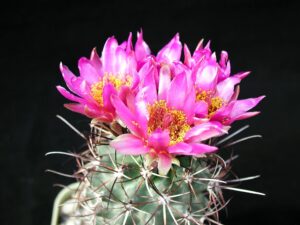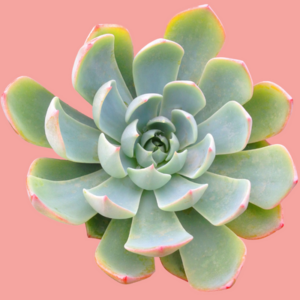Is an Aloe Plant a Cactus? Understanding the Differences Between Aloe and Cactus
When navigating the realms of succulent flora, one might encounter a common point of confusion: Is an aloe plant a cactus? This question not only teases our botanical curiosity but also highlights a fascinating challenge in categorizing plant species. Both aloes and cacti boast a resilient nature, thriving in arid environments with striking appearances. However, they belong to different families, each with its own unique characteristics and adaptations. This article embarks on an exploration of the inherent distinctions between aloe and cactus, ensuring clarity for both novice plant enthusiasts and seasoned botanists alike.
The Distinct Families of Aloe and Cactus
To fully appreciate the differences between these two plants, one must first delve into their taxonomic classifications. Aloe is part of the Asphodelaceae family, while cacti belong to the Cactaceae family. This bifurcation means that, despite surface similarities, aloe and cactus plants have divergent evolutionary pathways.
Aloes typically exhibit fleshy leaves, often in a rosette formation. Their foliage is distinguished by a smooth texture, often adorned with thorns or spines along the edges. These adaptations serve as a defense mechanism against herbivores in their native habitats. Aloe plants, native primarily to Africa, are well-known for their medicinal properties, particularly the soothing gel found within their leaves, commonly used in skincare products and for treating burns.
In contrast, cacti are identifiable by their unique structure, which includes areoles – specialized structures from which spines, flowers, and new branches originate. This characteristic is a defining feature of cacti, setting them apart from other succulents. Cacti have a waxy coating that minimizes moisture loss and a collection of spines that protect them from potential threats. These plants predominantly thrive in the Americas, showcasing a diverse range of sizes and shapes, from the petite Pereskia to the towering saguaro.
Vegetative Structures: A Botanical Comparison
Diving deeper into the anatomy of these plants, one can ascertain further distinctions. The leaves of an aloe plant are typically thick and fleshy, storing water and nutrients for survival in arid conditions. In contrast, cacti often lack traditional leaves, with their spines serving the dual purpose of water conservation and protection.
Moreover, aloes can reproduce through offsets or “pups,” allowing them to propagate in clusters around the parent plant. Cacti also possess fascinating reproductive strategies, including both sexual reproduction via flowers and asexual methods through fragmentation or offsets. The reproductive structures in cacti are unique, often leading to stunning floral displays that can vary drastically in color and shape, captivating onlookers and pollinators alike.
Habitat and Adaptation: Thriving in Tough Conditions
Environmental adaptations further underscore the differences between these two plant families. Aloe plants generally prefer well-drained soil that retains some moisture. They thrive in regions with periodic rainfall and are adaptable to various climate conditions, although they flourish in warm, sunny environments.
Cacti, conversely, are particularly adept at surviving in more extreme desert conditions. They have evolved mechanisms such as CAM photosynthesis, allowing them to conserve water by opening their stomata at night instead of during the hot day. This adaptation enables them to withstand prolonged droughts and temperature variations that would be detrimental to less specialized plants.
Myths and Misinformation: Clear the Confusion
The confusion surrounding aloes and cacti isn’t merely a result of their visual similarities. Various cultural beliefs and myths have perpetuated the notion that all succulents are cacti or belong to the same category. It can be challenging to navigate this misinformation, especially for those new to horticulture. Understanding the scientific classifications and respective adaptations of each family can help dispel these myths and appreciate the complexity of plant diversity.
Moreover, both plants feature in a myriad of ornamental applications, often leading to further conflation. They are frequently grouped together in landscaping, indoor gardening, or potting arrangements, making it easy to overlook their significant botanical differences.
Conclusion: Appreciating Their Unique Qualities
Ultimately, the question “Is an aloe plant a cactus?” serves as a gateway into the vast world of succulent plants, inviting enthusiasts to appreciate both their similarities and differences. While they may share a robust resilience and an ability to thrive in limited water conditions, their classifications, anatomical features, and adaptations reveal a striking contrast.
In a world that often seeks to simplify complex subjects, understanding the intricacies of plant taxonomy enriches our connection to nature. Aloes and cacti are both worthy of admiration in their right; each embodies a unique set of adaptations that allow it to flourish in its habitat. By recognizing their distinctive characteristics, we can cultivate a deeper appreciation for the botanical marvels that adorn our landscapes and homes.




Leave a Comment